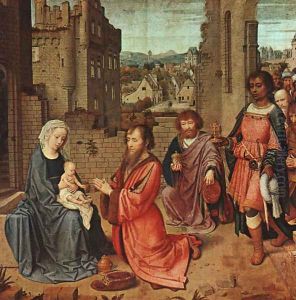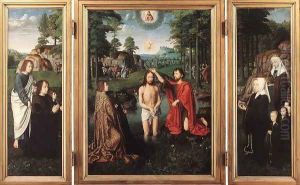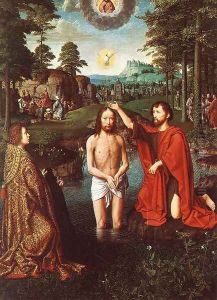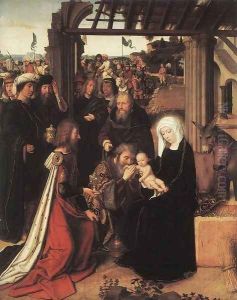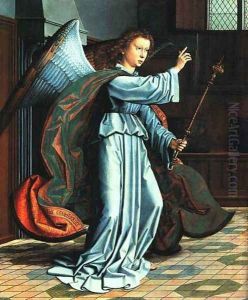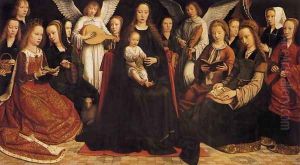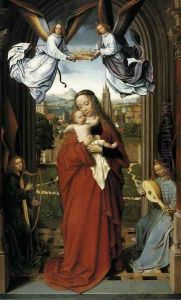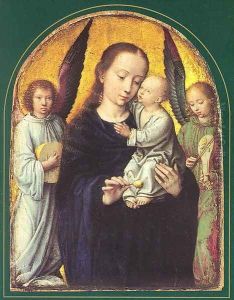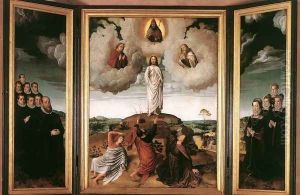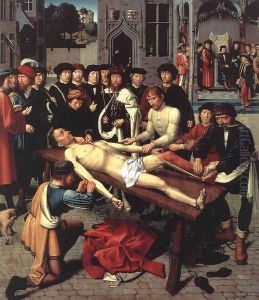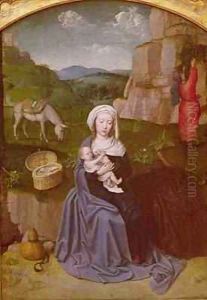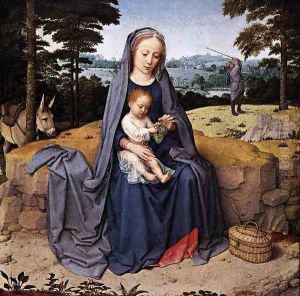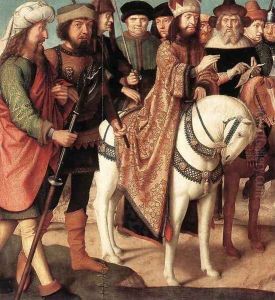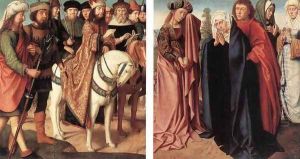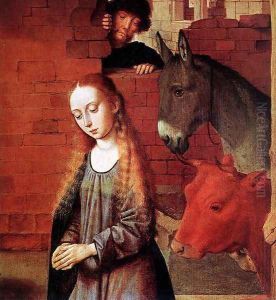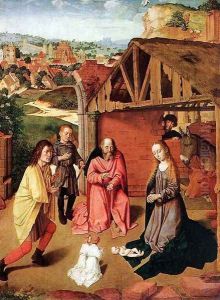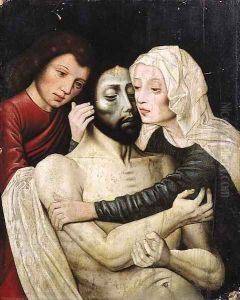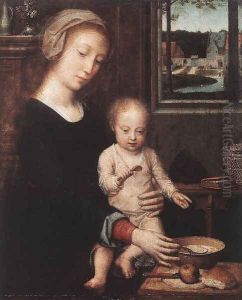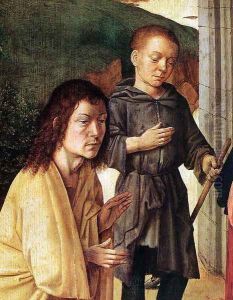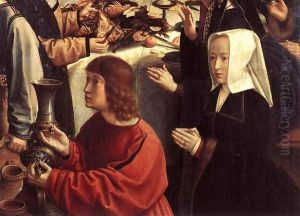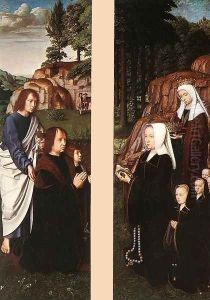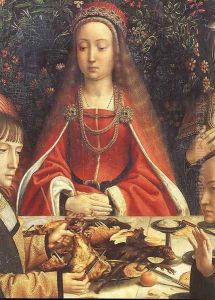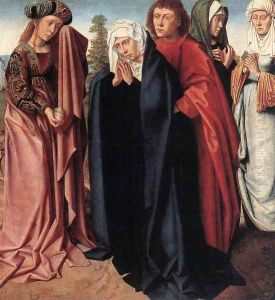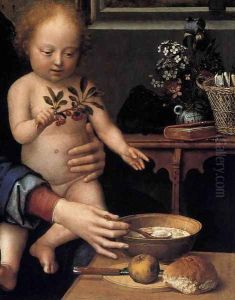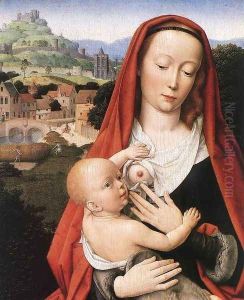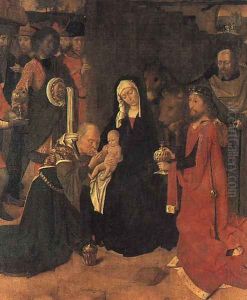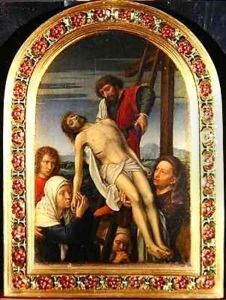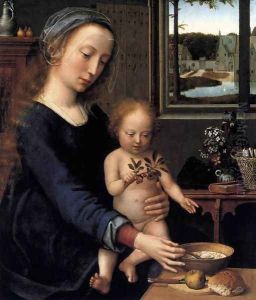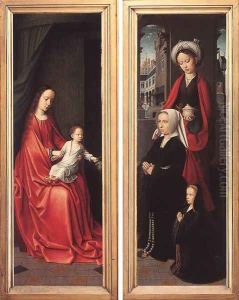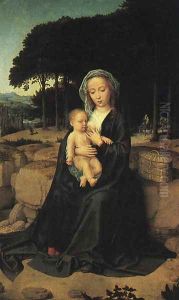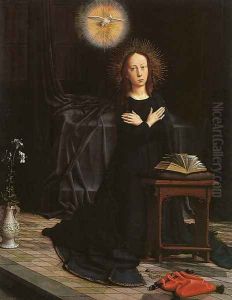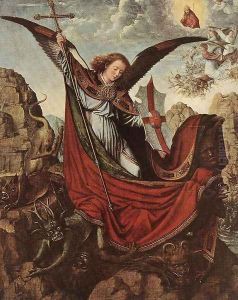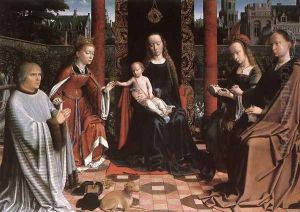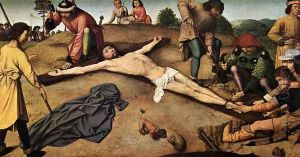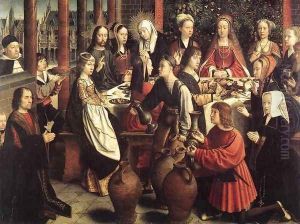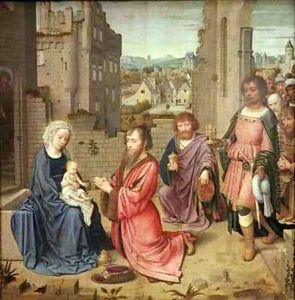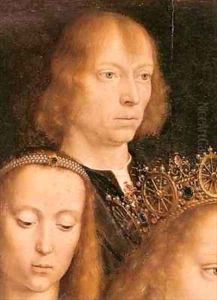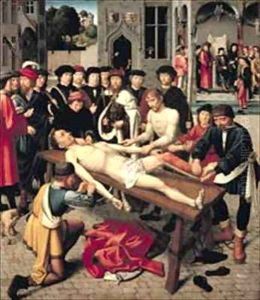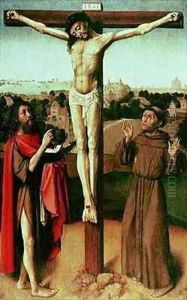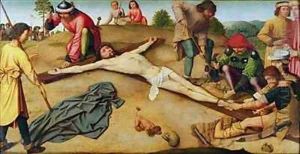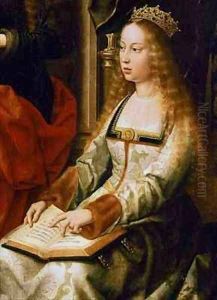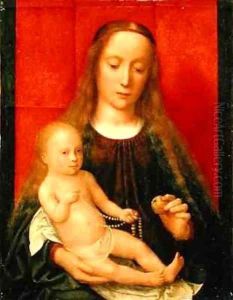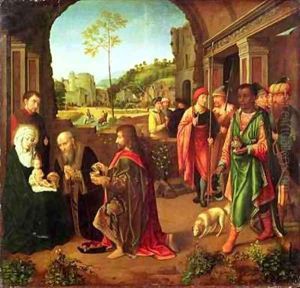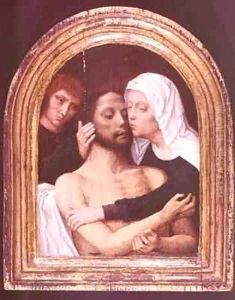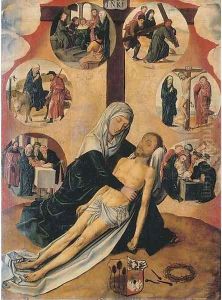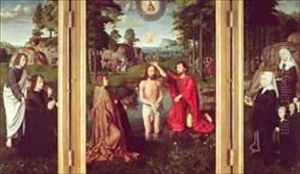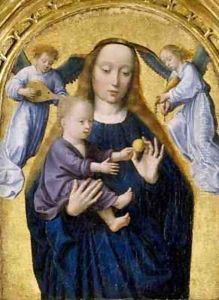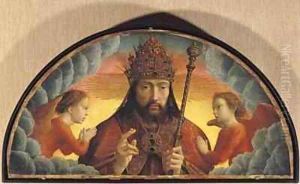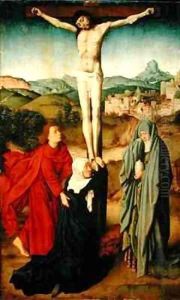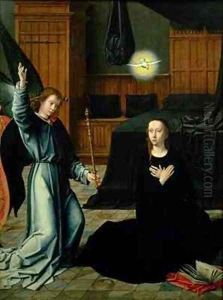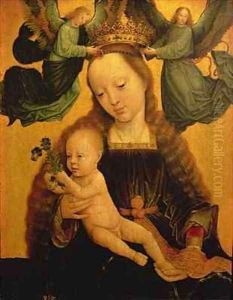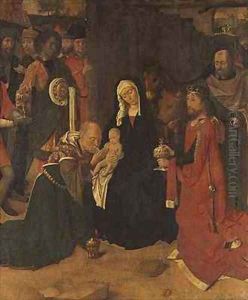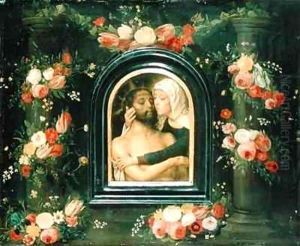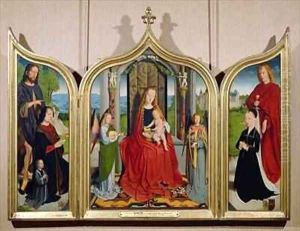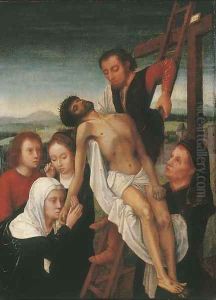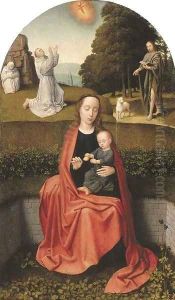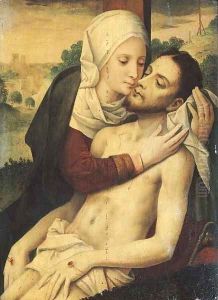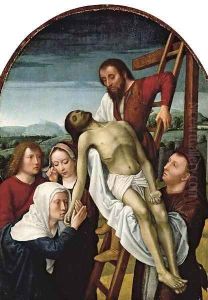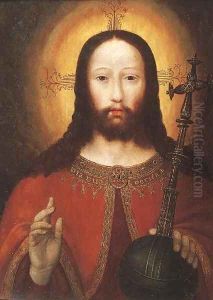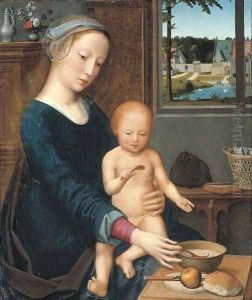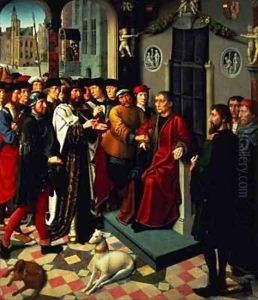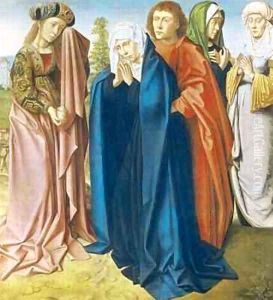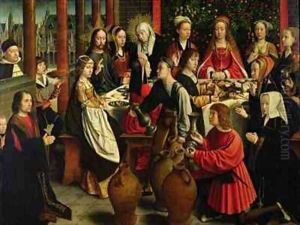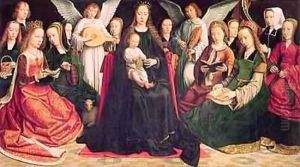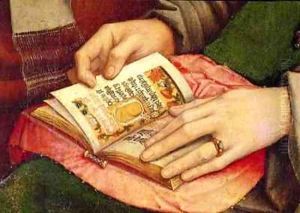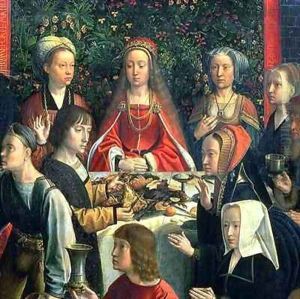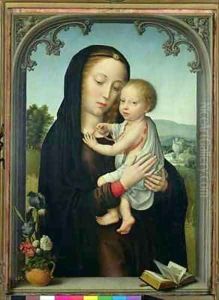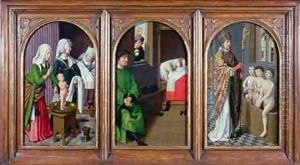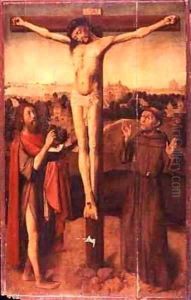Gerard David Paintings
Gerard David was an Early Netherlandish painter and manuscript illuminator known for his brilliant use of color and his contribution to the development of the Early Renaissance style in the Northern Renaissance. Born around 1460 in Oudewater, now located in the Netherlands, David's early life and training are not well-documented. However, it is believed that he may have been apprenticed to Early Netherlandish painter Albert van Ouwater, one of the first artists to use landscapes as a backdrop for religious scenes.
Gerard David moved to Bruges, in modern-day Belgium, around 1484, which was then one of the most important centers for art and commerce in Europe. In Bruges, he became a master in the Guild of Saint Luke by 1488 and eventually served as its dean. His work shows the influence of the great Flemish painters of the time, such as Hans Memling and Rogier van der Weyden, but David also developed a distinct style characterized by clarity, a serene atmosphere, and detailed landscapes.
He was highly regarded for his religious compositions, altarpieces, and portraits. Among his most famous works are the 'Virgin and Child with Saints and Donor', the 'Baptism of Christ', and the 'Judgment of Cambyses'. His paintings are noted for their serene and pious subjects, masterful use of color, and the detailed rendering of nature and textures. David's work represents a bridge between the Gothic traditions and the emerging Renaissance sensibilities, especially in his use of space and light.
Gerard David was not only a painter but also an active manuscript illuminator, and his illustrations are celebrated for their vibrant colors and narrative quality. His contribution to manuscript illumination helped carry the tradition into the 16th century, blending Gothic and Renaissance elements.
Later in life, David's style became increasingly influenced by the Italian Renaissance, likely through the influx of Italian artworks and engravings that were circulating in Northern Europe at the time. He died in Bruges in 1523, leaving behind a body of work that has continued to be admired for its graceful synthesis of Northern European Gothic art and the newer Renaissance ideals. His legacy influenced many subsequent artists in the region, and his works are held in major museums around the world.
